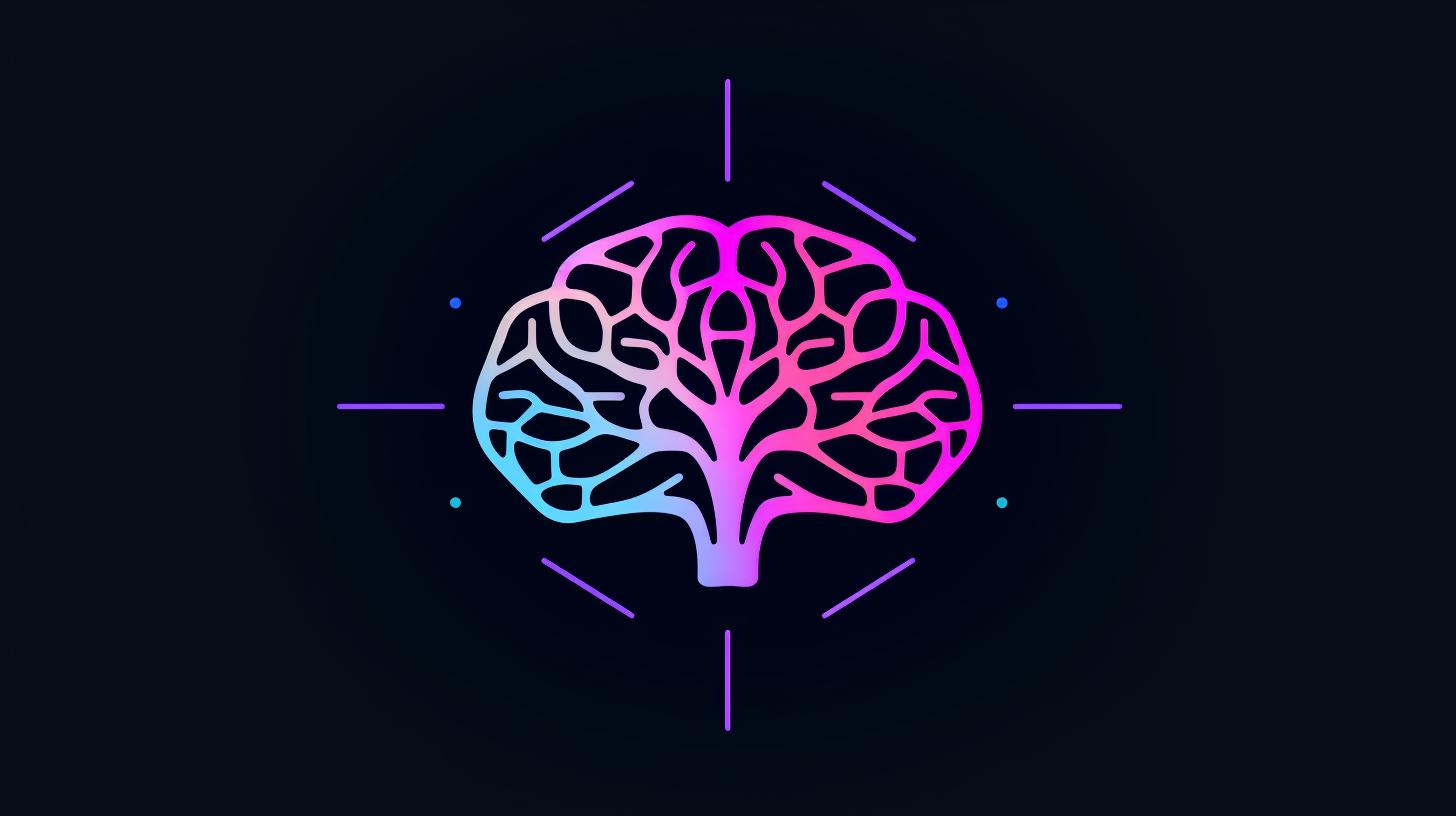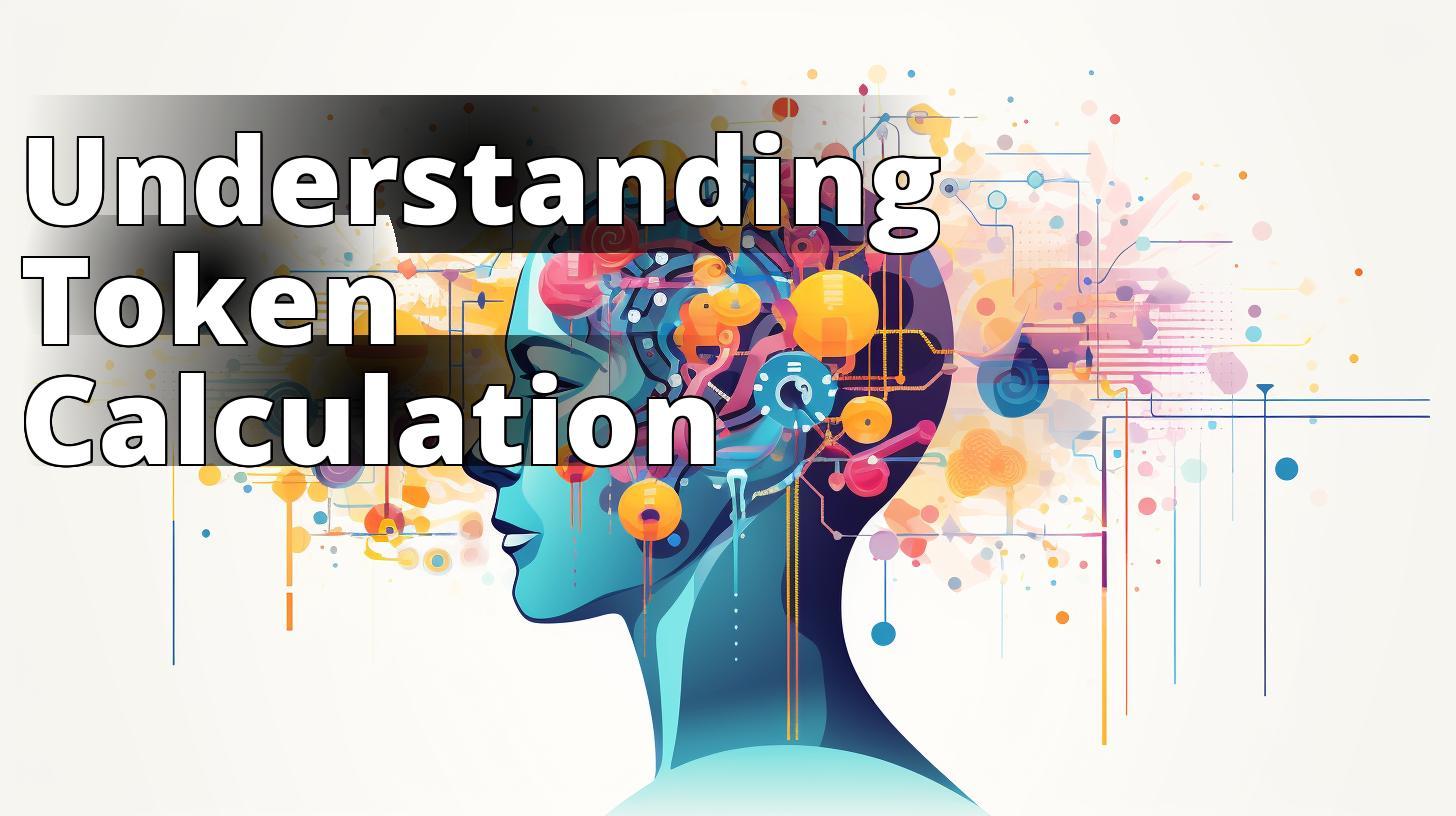In the realm of artificial intelligence, GPT-3 stands as a monumental achievement, representing the pinnacle of language model development to date. Developed by OpenAI, GPT-3 is not just another iteration in machine learning; it’s a transformative technology that is reshaping how we interact with the digital world. In this article, we delve into the intricacies of GPT-3, how it functions, and the myriad ways it can be utilized across different industries and sectors.
Understanding GPT-3 Tokens in OpenAI
By reading this article, you will learn:
– How tokens are calculated in OpenAI GPT-3.
– The various use cases of GPT-3, including chatbots, content creation, code generation, language translation, and text summarization.
– The potential future of GPT-3 in the field of AI.
OpenAI GPT-3: How to get started with the powerful language model

OpenAI’s GPT-3, or Generative Pre-trained Transformer 3, is an AI that has garnered significant attention for its ability to produce human-like text. GPT-3 is the third iteration of the GPT-n series, and it’s recognized for its large scale and remarkable performance across a variety of natural language processing tasks.
To get started with GPT-3, one needs to understand its capabilities and the process of integrating it into various applications. We will guide you through the what, how, and the astonishing uses of this groundbreaking technology.
What is GPT-3?
GPT-3 is an autoregressive language model that uses deep learning to produce human-like text. It is the largest and most advanced AI model of its kind, with an astonishing 175 billion parameters. These parameters, or weights in the neural network, are fine-tuned through unsupervised learning from a vast corpus of text data collected from the internet.
One key aspect of GPT-3 is its tokenization process. In essence, tokens are the building blocks of GPT-3’s understanding and generation of text. When we mention the phrase, “how are tokens calculated in OpenAI,” we refer to how GPT-3 breaks down text into manageable pieces, which it uses to predict and generate subsequent text. Tokens can represent words, parts of words, or punctuation, and the model calculates the probability of each token based on the context provided by the tokens that precede it.
How to use GPT-3
To harness the power of GPT-3, one has to interact with it through the OpenAI API or the GPT-3 Playground. Let’s explore these two avenues.
1. OpenAI API
The OpenAI API provides developers with access to GPT-3, allowing them to integrate its language capabilities into their applications. To use the API, you first need to sign up for access and obtain API keys from OpenAI. Once you have the keys, you can start making requests to the API, specifying the kind of text generation or processing you need GPT-3 to perform.
2. GPT-3 Playground
For those less inclined to code, the GPT-3 Playground is a user-friendly interface that allows individuals to interact with GPT-3 directly. Here, you can input prompts and observe how GPT-3 completes them. It’s a fantastic tool for experimenting with the model’s capabilities and getting a feel for its potential applications.
GPT-3 use cases
GPT-3’s versatility has led to its adoption in various fields. Here are some notable use cases:
1. Chatbots
GPT-3 has taken chatbots to new heights, enabling more natural and contextually relevant conversations. With GPT-3, chatbots can understand and respond to user queries with unprecedented accuracy, making them valuable for customer service, e-commerce, and more. [Learn more about intelligent conversation AI.
2. Content creation
Content creators are utilizing GPT-3 for generating articles, stories, and even poetry. The model can assist with brainstorming ideas or even produce entire drafts that require minimal editing. This has implications for the speed and scale of content production across industries.
3. Code generation
GPT-3 can write code in various programming languages, making it a potent tool for developers. By providing a description of the desired functionality, GPT-3 can generate code snippets, potentially speeding up the development process.
4. Language translation
With its extensive training data, GPT-3 is adept at translating text between languages, which can be invaluable for global communication and content localization.
5. Text summarization
GPT-3 can distill long pieces of text into concise summaries, aiding in information digestion and analysis. This is particularly useful for professionals who need to process large volumes of information quickly.
Real-life Application of GPT-3
Meeting Deadlines with GPT-3
I was struggling to meet a tight deadline for a content creation project at work. Despite my best efforts, I couldn’t seem to articulate the content in a way that satisfied my supervisor. In a moment of desperation, I decided to try using GPT-3 for assistance.
With GPT-3, I was able to quickly generate a draft for the project. The AI’s ability to understand context and produce coherent, well-structured content was impressive. I was able to fine-tune the generated content to align with the project requirements, ultimately meeting the deadline and impressing my supervisor with the quality of the work.
This real-life experience showcased the practical application of GPT-3 in content creation, demonstrating its potential to assist individuals in meeting demanding deadlines and producing high-quality work efficiently.
GPT-3 pricing
OpenAI offers a tiered pricing model for GPT-3, which includes a free tier with limited usage and paid options for more extensive use. The pricing is based on the number of tokens processed, reflecting the computational resources required for the operations.
GPT-3 alternatives
While GPT-3 is remarkable, there are other AI models and services that offer similar capabilities. Alternatives include Google’s BERT, Facebook’s RoBERTa, and smaller models like GPT-2. Each has its strengths and use cases, and choosing the right one depends on specific application needs and budget considerations.
GPT-3: The future of AI?
GPT-3 has undoubtedly set a new standard for natural language AI, and its impact on the future of AI is expected to be significant. As the model continues to evolve and more use cases emerge, it’s clear that GPT-3 and its successors will play a pivotal role in shaping the trajectory of AI development.
In conclusion, GPT-3 is a revolutionary technology that’s already changing the landscape of AI. Its applications are vast and varied, and as we continue to explore and refine its capabilities, we can expect even more innovative uses to emerge. Whether it’s through enhancing customer experiences with chatbots, streamlining content creation, or facilitating software development, GPT-3 is a testament to the incredible potential of artificial intelligence.
The promise of GPT-3 lies not just in what it can do today but in its potential to transform industries, redefine productivity, and even challenge our understanding of creativity and intelligence. As we stand on the precipice of this new era, it’s an exciting time to be involved in technology and computing, and GPT-3 is leading the charge.
Engage with this transformative technology, experiment with its capabilities, and be a part of the conversation about the future it heralds. Whether you’re a developer, a content creator, or simply an AI enthusiast, GPT-3 is a tool that can unlock new possibilities and drive innovation forward.
Insider Tip: To stay ahead in the field, keep an eye on OpenAI’s updates and participate in developer communities discussing GPT-3. The exchange of ideas and experiences can provide invaluable insights into the model’s evolving capabilities and best practices.
For further exploration of AI’s role in content creation and detection, consider reading about [AI content detectors and [scriptwriting with AI. And if you’re keen on understanding how to detect AI-generated content, our guide on [detecting AI content is an essential read.
As AI continues to grow and become more sophisticated, staying informed and adaptable will be key to leveraging its full potential. With GPT-3 at the forefront, the future of technology and computing looks incredibly bright.
Frequently Asked Questions
How are tokens calculated in OpenAI?
Tokens in OpenAI are calculated based on the number of characters in the input, including spaces and punctuation.
What is the token calculation process in OpenAI?
OpenAI uses a tokenization process that assigns a token count based on the character length of the input text.
Who determines the token count in OpenAI?
The token count in OpenAI is determined by the platform’s tokenization algorithm based on the input text provided.
How can I optimize my input to stay within token limits?
To optimize your input for token limits, consider using concise and precise language to convey your message effectively.
What if my input exceeds the token limit?
If your input exceeds the token limit, consider revising and condensing your text to fit within the token constraints for OpenAI.
